Technologies
Google Flooded the Internet With AI News. Where’s Apple?
Apple hasn’t publicly entered the generative AI race yet. But there’s a good chance we’ll see the technology baked into its upcoming software.
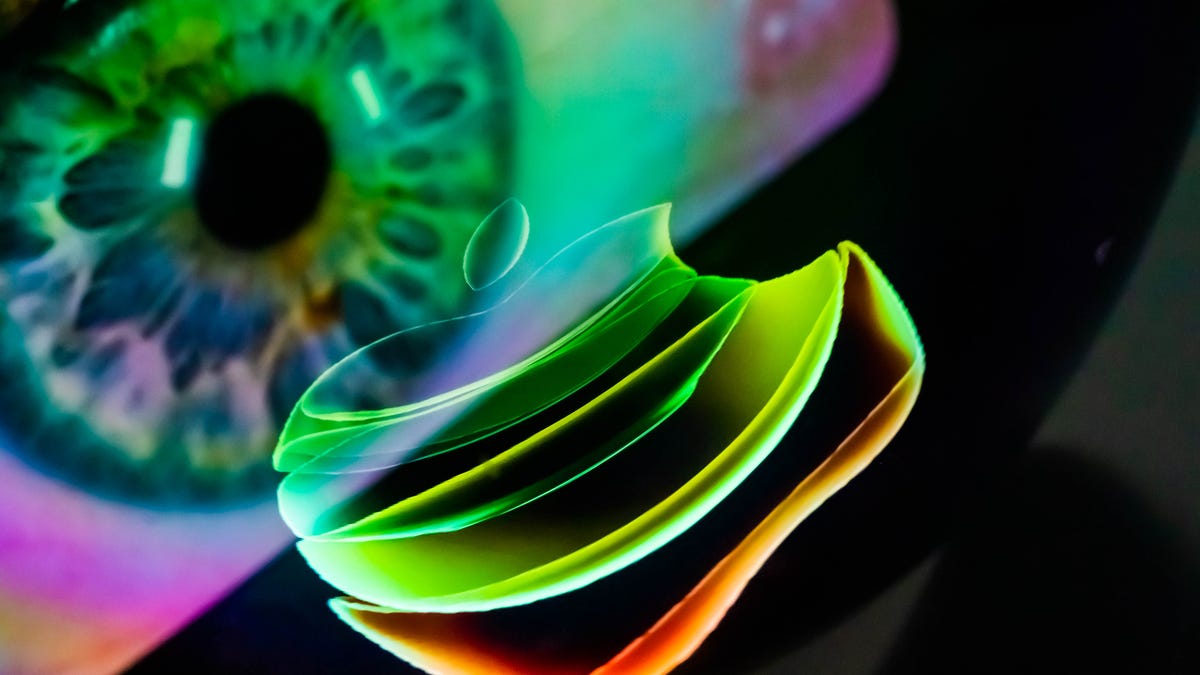
Unless you’ve been living under a rock, you’ve probably heard the term «generative AI» at least a handful of times now, perhaps thanks to the wildly popular ChatGPT service. The AI-powered chatbot’s success didn’t just shine a spotlight on OpenAI, the creator behind it, but it also catalyzed an AI arms race in the tech industry – a race from which Apple has been noticeably absent.
Earlier this month, Google made a flurry of AI-related announcements at its annual developer conference, including a new AI-infused version of search and Bard, its AI-powered chatbot, which is being rolled out across the world. It’s not just Google. Before that, Microsoft built generative AI into its suite of long-established productivity apps like Word, PowerPoint and Outlook in a move that’s changing how more than a billion people work. In February, Meta released its own sophisticated AI model, which has many of the same capabilities at ChatGPT and Bard, as open-source software for public use.
But what about Apple?
The short answer: Even though AI technology is hardly new to Apple, the iPhone maker still remains missing – at least publicly – from the current generative AI gold rush.
«We’re in the heart of the generative AI hype cycle, and there are major new developments weekly, » Avi Greengart, analyst at Techsponential, told CNET. «Apple can afford to be deliberate in how it applies new technologies to fit its ecosystem.»

OpenAI recently dropped a ChatGPT app for the iPhone. The new app, which is free, gives you a way to take OpenAI’s AI chatbot on the go.
Apple’s wait-and-see approach
Apple has typically adopted a wait-and-see approach around emerging technology, and that has often worked for the tech giant. For instance, the iPad wasn’t the first-ever tablet, but for many, including CNET editors, it is the best tablet. A more recent example on the hardware side is foldable phones. Apple is the only major holdout, with Google beating it to the punch. The search giant launched its inaugural foldable phone, the Pixel Fold, at its developer conference in May – and it hasn’t been making phones for as long as Apple. There are rumors, however, that a foldable iPhone, possibly known as the iPhone Flip, could go to market in 2025.
Based on remarks from CEO Tim Cook, it seems like Apple may be taking a similar approach with generative AI. «I do think it’s very important to be deliberate and thoughtful in how you approach these things,» Cook said in response to a question related to generative AI on Apple’s earnings call in May. «And there’s a number of issues that need to be sorted. … AI is being talked about in a number of different places. But the potential is certainly very interesting.»
However, with a fast-developing AI technology, Apple could risk falling far behind its rivals. For all Apple’s business success, it has lagged in specific categories. For instance, its HomePod smart speaker didn’t hit the market until years after the Amazon Echo and Google Home, which have a far higher market share than Apple in the smart speaker category.
When it comes to the topic of AI, Apple isn’t alone in adopting a cautious approach. It’s also coming from the technology’s own backers – including the founder and CEO of OpenAI, Sam Altman, who has concerns ranging from election disinformation to mass jobs displacement.
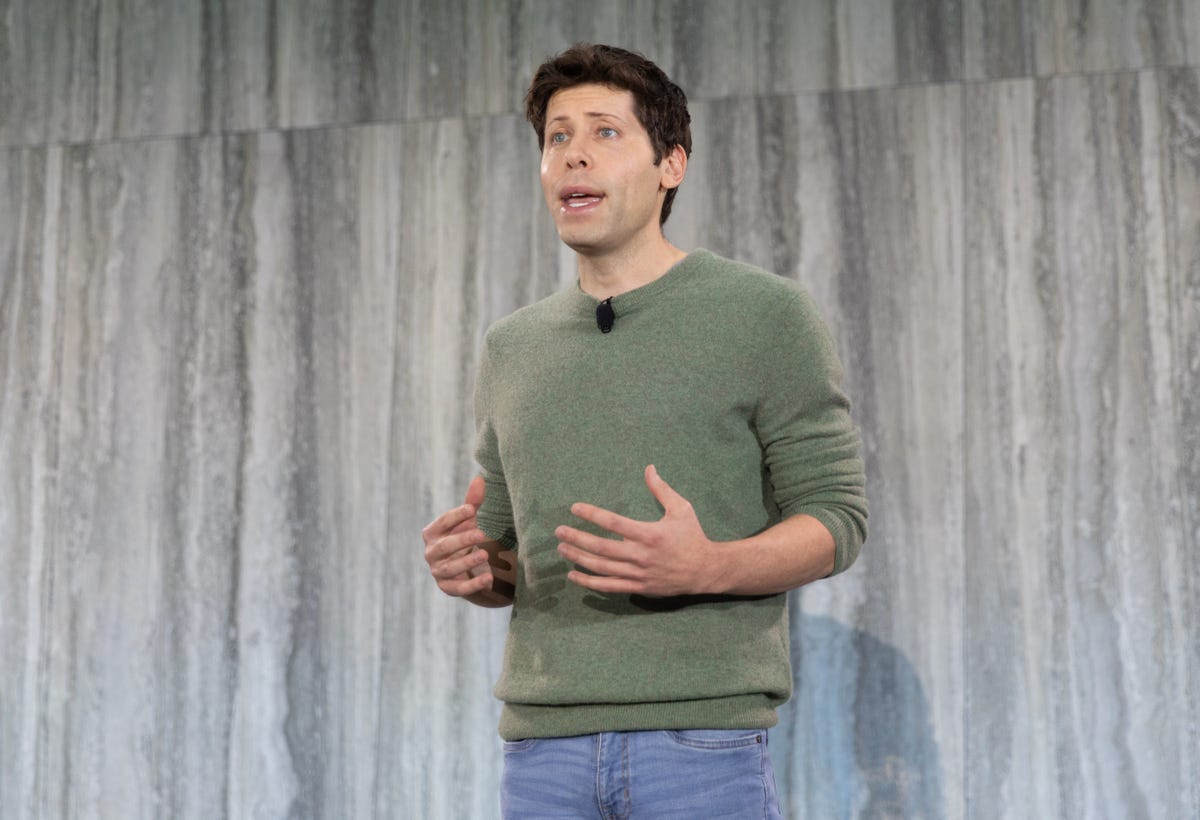
OpenAI CEO Sam Altman describes Microsoft’s AI partnership at a Bing search engine press event.
Last Tuesday, speaking before a Senate subcommittee, Altman said he’s «eager» for artificial intelligence to be regulated. He also spoke about the promise of artificial intelligence and discussed its potential harms. «If this technology goes wrong, it can go quite wrong,» he said.
Altman’s comments followed calls by a group of AI researchers and tech leaders, including Elon Musk and Steve Wozniak, to pause development of AI systems more powerful than GPT-4 over concerns about runaway risks without sufficient guardrails. Geoffrey Hinton, credited as the «godfather of AI,» resigned from Google in May so that he could freely share his concerns about the technology he helped create, which he says could cause the world serious harm.
Does generative AI fit into Apple’s business?
Although Apple hasn’t publicly entered the generative AI fight, a recent 9to5Mac report said that the iPhone maker is working on an upgrade to Siri, one that could improve the virtual assistant’s conversational abilities via ChatGPT-like AI concepts. Apple didn’t reply to a request for comment.
While Apple hasn’t publicly discussed any plans for generative AI-based products, Cook did discuss the company’s focus on AI during its May earnings call. He cited AI-powered features like fall and crash detection, which are both available on the latest iPhones and Apple Watches.
«We view AI as huge,» he said. «We’ll continue weaving it into our products on a very thoughtful basis.»
AI is far from a brand new concept to Apple. Siri, which was released 12 years ago, uses speech recognition and machine learning to understand a query and serve up an answer. In recent months, Apple debuted camera enhancements such as photographic styles and the ability to cut and paste a subject from an image, both of which depend on AI.
In addition, Apple’s Macs and MacBooks, which now run on Apple-designed M1 and M2 chips, have dedicated neural engines with 16 cores, which are aimed at AI and machine learning tasks. Apple says AI performance is 40% faster than with its old Intel chips.
«You can expect that AI performance will become more and more important as more developers figure it out,» wrote CNET’s Stephen Shankland in a January article detailing Apple’s M2 chipset.
But as Greengart highlights, it would make sense for Apple to bring the tech to certain products that extend beyond Siri as well as its current AI-powered offerings.
«Apple likes to position itself as being at the intersection of technology and liberal arts,» Greengart told CNET in an email. «Generative AI would fit nicely into tools and software that Apple provides for artistic and personal expression; that could include anything from GarageBand to photo editing to email across iPhones, iPads, and Mac.»
However, a chatbot in the vein of OpenAI’s ChatGPT or Google’s Bard is likely not in the books for Apple. The underlying technology behind those chatbots, known as large language models, has a high resource requirement for development. That means significant investment in the form of computing resources, human talent and power, rendering it a possibility for huge enterprises with vast resources. While Apple presumably has those resources, it’ll have to be a worthwhile investment for the iPhone maker.
All eyes on WWDC
After Google devoted a considerable amount of air time to generative AI at its conference this month, all eyes are on Apple and what it might reveal at its Worldwide Developers Conference on June 5. Apple executives could offer more clues on how the iPhone maker views generative AI and how it fits into the broader business. At WWDC, Apple typically introduces new software for the iPhone, Apple Watch, iPad and so on, and it’s possible that Apple could bake more AI into those updates.
Ahead of the conference, Apple previewed a slew of accessibility software features expected to make their way to its upcoming iOS 17 mobile operating system. One of the noteworthy drops is called Personal Voice. It uses on-device machine learning to allow users at risk of speech loss to replicate a voice after about 15 minutes of training. The phone can then speak aloud typed-out phrases, and it’s compatible with FaceTime and phone calls in a feature that could be a form of generative AI for voice.
More likely to take center stage, however, is Apple’s highly anticipated mixed reality headset, which would mark the company’s first entry into a new hardware category since 2015. According to a January Bloomberg report, it’ll cost around $3,000, run on Apple’s latest M2 chipset, boast eye- and hand-tracking systems, and feature a digital crown that lets users switch between AR and VR modes. It’s also probable that Apple will take advantage of fast-developing AI technology for its latest device as well.
«We need to keep in mind that generative AI is not only about generating text but also other types of content like graphics,» Will Wong, of market researcher International Data, told CNET. «Thus, it will be an area that is favorable for Apple to look into, especially if there is an AR/VR headset that comes into its product portfolio.»
Technologies
Today’s NYT Mini Crossword Answers for Saturday, Dec. 27
Here are the answers for The New York Times Mini Crossword for Dec. 27.
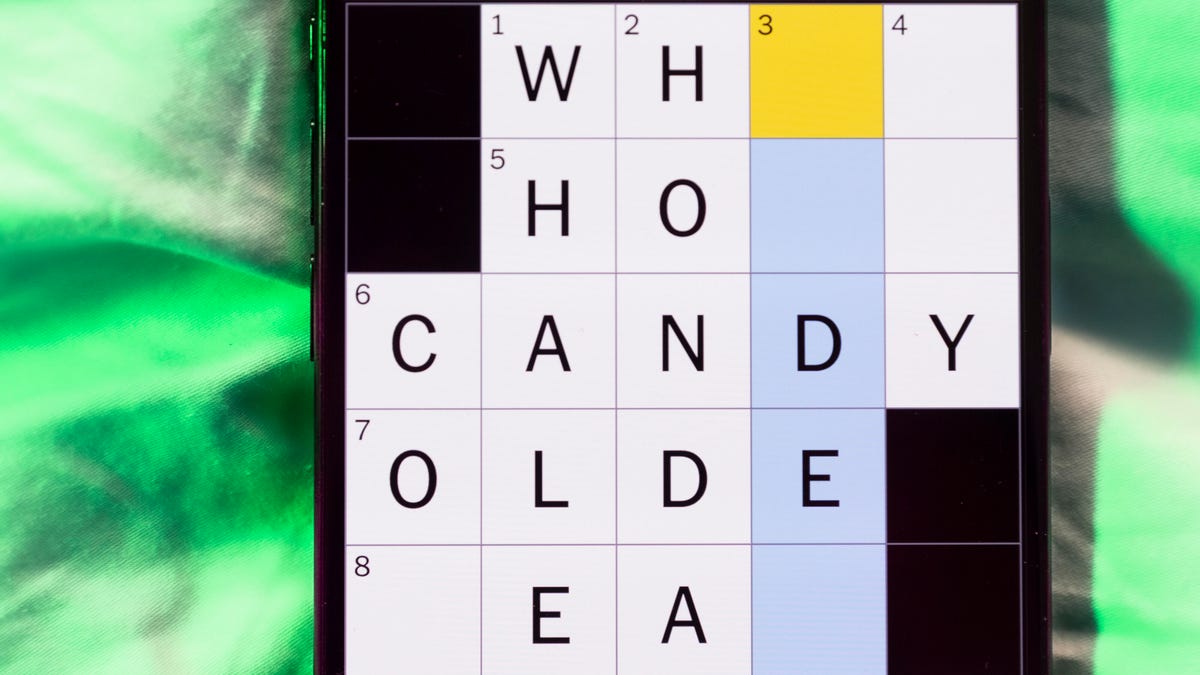
Looking for the most recent Mini Crossword answer? Click here for today’s Mini Crossword hints, as well as our daily answers and hints for The New York Times Wordle, Strands, Connections and Connections: Sports Edition puzzles.
Need some help with today’s Mini Crossword? It’s pretty long for a Mini Crossword, and some of the clues are tricky. The answer to 10-Across is not an expression I use, for sure. Read on. And if you could use some hints and guidance for daily solving, check out our Mini Crossword tips.
If you’re looking for today’s Wordle, Connections, Connections: Sports Edition and Strands answers, you can visit CNET’s NYT puzzle hints page.
Read more: Tips and Tricks for Solving The New York Times Mini Crossword
Let’s get to those Mini Crossword clues and answers.
Mini across clues and answers
1A clue: Fashionable
Answer: HIP
4A clue: Product sold on «The Office»
Answer: PAPER
6A clue: One writing a performance review
Answer: MANAGER
8A clue: With 5-Down, redundant synonym of «outcome»
Answer: END
9A clue: Quiet ___ mouse
Answer: ASA
10A clue: Gives constant compliments, in slang
Answer: GASESUP
12A clue: Ski mountain bump
Answer: MOGUL
13A clue: Uneasy feeling
Answer: ANGST
Mini down clues and answers
1D clue: Personally involved
Answer: HANDSON
2D clue: Hoppy beer, for short
Answer: IPA
3D clue: Mythical horse whose name is an anagram of 10-Across
Answer: PEGASUS
4D clue: Last word in the palindromic sentence «A man, a plan, a canal …»
Answer: PANAMA
5D clue: See 8-Across
Answer: RESULT
6D clue: Ryan of «When Harry Met Sally …»
Answer: MEG
7D clue: Genre for Playboi Carti and Cardi B
Answer: RAP
11D clue: Something in an Easter basket
Answer: EGG
Don’t miss any of our unbiased tech content and lab-based reviews. Add CNET as a preferred Google source.
Technologies
Today’s NYT Connections: Sports Edition Hints and Answers for Dec. 27, #460
Here are hints and the answers for the NYT Connections: Sports Edition puzzle for Dec. 27, No. 460.
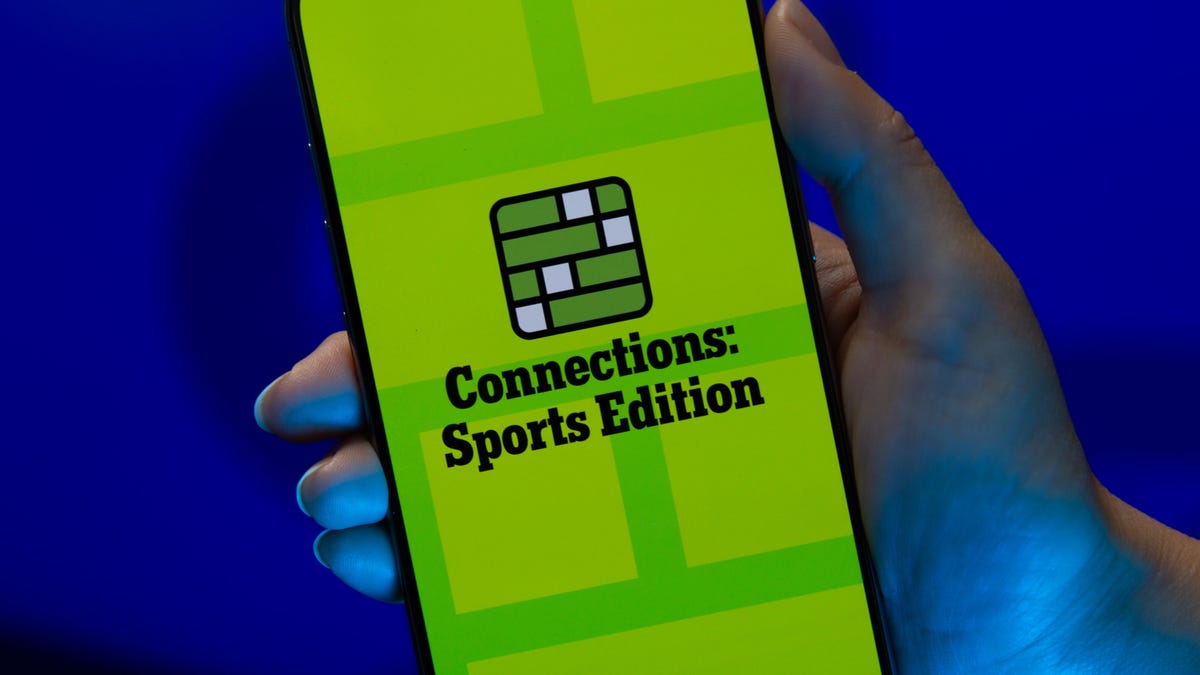
Looking for the most recent regular Connections answers? Click here for today’s Connections hints, as well as our daily answers and hints for The New York Times Mini Crossword, Wordle and Strands puzzles.
Today’s Connections: Sports Edition is a real challenge. That purple category wants you to hunt out something related in four different words, and it’s a toughie. If you’re struggling with today’s puzzle but still want to solve it, read on for hints and the answers.
Connections: Sports Edition is published by The Athletic, the subscription-based sports journalism site owned by The Times. It doesn’t appear in the NYT Games app, but it does in The Athletic’s own app. Or you can play it for free online.
Read more: NYT Connections: Sports Edition Puzzle Comes Out of Beta
Hints for today’s Connections: Sports Edition groups
Here are four hints for the groupings in today’s Connections: Sports Edition puzzle, ranked from the easiest yellow group to the tough (and sometimes bizarre) purple group.
Yellow group hint: Something you save.
Green group hint: An Olympic sport.
Blue group hint: Toronto pitchers.
Purple group hint: Think about the alphabet and look for something hidden.
Answers for today’s Connections: Sports Edition groups
Yellow group: Memento.
Green group: Types of wrestling.
Blue group: Blue Jays to win Cy Young Award.
Purple group: Ends in a homophone for a letter of the alphabet.
Read more: Wordle Cheat Sheet: Here Are the Most Popular Letters Used in English Words
What are today’s Connections: Sports Edition answers?
The yellow words in today’s Connections
The theme is memento. The four answers are collectible, keepsake, memorabilia and souvenir.
The green words in today’s Connections
The theme is types of wrestling. The four answers are arm, freestyle, Greco-Roman and sumo.
The blue words in today’s Connections
The theme is Blue Jays to win Cy Young Award. The four answers are Clemens, Halladay, Hentgen and Ray.
The purple words in today’s Connections
The theme is ends in a homophone for a letter of the alphabet. The four answers are batter’s eye (I), blue jay (J), golf tee (T) and pool cue (Q).
Don’t miss any of our unbiased tech content and lab-based reviews. Add CNET as a preferred Google source.
Technologies
Today’s Wordle Hints, Answer and Help for Dec. 27, #1,652
Here are hints and the answer for today’s Wordle for Dec. 27, No. 1,652.
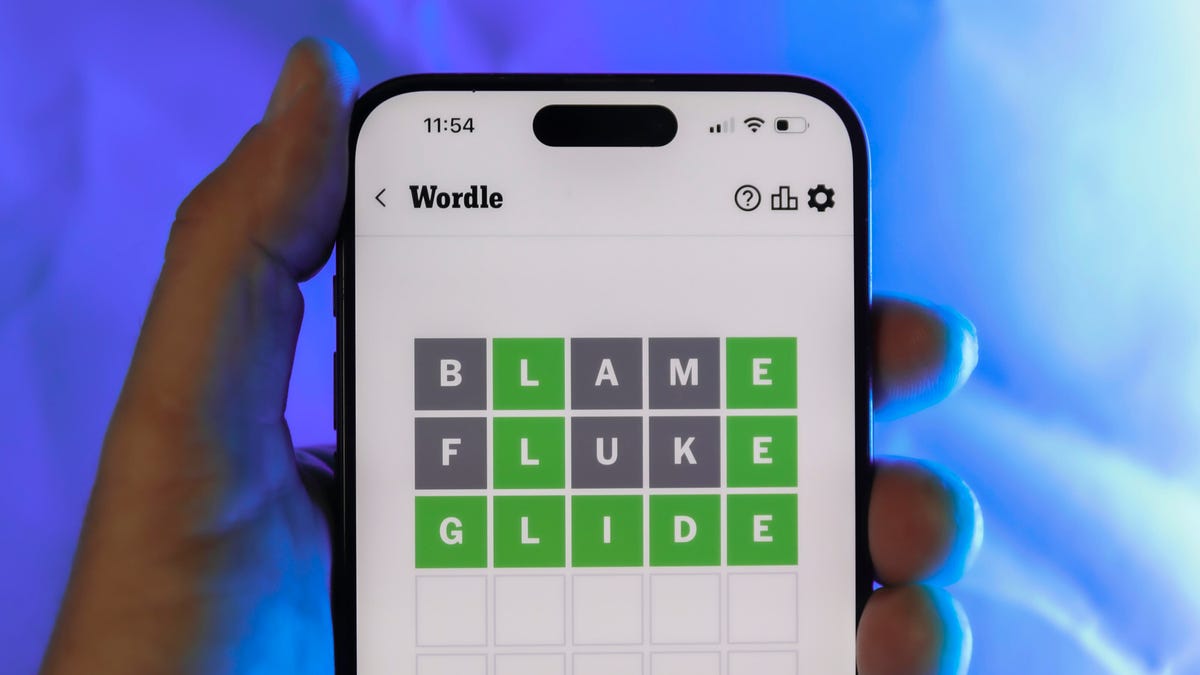
Looking for the most recent Wordle answer? Click here for today’s Wordle hints, as well as our daily answers and hints for The New York Times Mini Crossword, Connections, Connections: Sports Edition and Strands puzzles.
Today’s Wordle puzzle came together pretty quickly for me this time. If you need a new starter word, check out our list of which letters show up the most in English words. If you need hints and the answer, read on.
Read more: New Study Reveals Wordle’s Top 10 Toughest Words of 2025
Today’s Wordle hints
Before we show you today’s Wordle answer, we’ll give you some hints. If you don’t want a spoiler, look away now.
Wordle hint No. 1: Repeats
Today’s Wordle answer has no repeated letters.
Wordle hint No. 2: Vowels
Today’s Wordle answer has one vowel.
Wordle hint No. 3: First letter
Today’s Wordle answer begins with B.
Wordle hint No. 4: Last letter
Today’s Wordle answer ends with H.
Wordle hint No. 5: Meaning
Today’s Wordle answer can refer to a quantity of goods produced at one time.
TODAY’S WORDLE ANSWER
Today’s Wordle answer is BATCH.
Yesterday’s Wordle answer
Yesterday’s Wordle answer, Dec. 26, No. 1651 was SPEED.
Recent Wordle answers
Dec. 22, No. 1647: CONCH
Dec. 23, No. 1648: GLINT
Dec. 24, No. 1649: SPOOL
Dec. 25, No. 1650: PRISM
Don’t miss any of our unbiased tech content and lab-based reviews. Add CNET as a preferred Google source.
-

 Technologies3 года ago
Technologies3 года agoTech Companies Need to Be Held Accountable for Security, Experts Say
-

 Technologies3 года ago
Technologies3 года agoBest Handheld Game Console in 2023
-

 Technologies3 года ago
Technologies3 года agoTighten Up Your VR Game With the Best Head Straps for Quest 2
-

 Technologies4 года ago
Technologies4 года agoBlack Friday 2021: The best deals on TVs, headphones, kitchenware, and more
-

 Technologies4 года ago
Technologies4 года agoVerum, Wickr and Threema: next generation secured messengers
-

 Technologies4 года ago
Technologies4 года agoGoogle to require vaccinations as Silicon Valley rethinks return-to-office policies
-

 Technologies4 года ago
Technologies4 года agoOlivia Harlan Dekker for Verum Messenger
-

 Technologies4 года ago
Technologies4 года agoiPhone 13 event: How to watch Apple’s big announcement tomorrow
